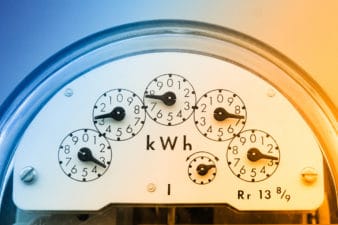We all knew that it was going to happen sooner or later. The government extended the Canada Emergency Response Benefit (CERB) program once and then a second time to make it span 28 weeks with a total potential payout of $14,000 per applicant. Many people were hoping they would see another extension to the program.
Alas, CERB ended on September 27, 2020, and there will be no more no-fuss $2,000-per-month payments. It is the truth nobody depending on the stimulus package wanted to accept, but it is the reality now. It is time to look forward. Fortunately, there still is some good news for Canadians without jobs.
CERB alternatives
The ending of CERB also marked the beginning of alternative benefit programs suited to people who are still without jobs as the pandemic continues. The Canada Revenue Agency (CRA) already had plans to improve the Employment Insurance (EI) benefit program to make it easier for Canadians to qualify. However, it has also announced further alternatives for those who cannot qualify for the new and improved EI.
- The Canada Recovery Benefit (CRB) will pay up to $13,000 for 26 weeks.
- The Canada Recovery Sickness Benefit (CRSB) will pay up to $1,000 for two weeks.
- The Canada Recovery Caregiving Benefit (CRCB) will pay up to $13,000 for 26 weeks.
Job security is a significant challenge in the COVID-19 economy. Frequent health issues are also a troubling situation as well as temporary containment zones. The government believes it can take at least another year before the economy sees a proper recovery. Until the economy can get into better shape, the CRB, CRSB, and CRCB programs could help struggling Canadians stay afloat.
If you qualify for them, you can make it through the next year by applying for the benefits. However, creating your own passive-income source means you might not have to rely on government help for your expenses.
Creating your CERB alternative
Building a passive income that can help you cover expenses while you wait to get a decent job can make it possible to enjoy financial freedom even without a job. The best way to do it is by building a portfolio of reliable dividend-paying stocks like Hydro One (TSX:H) and storing it in your Tax-Free Savings Account (TFSA) for tax-free passive income.
Hydro One is a utility sector operator that can be a worthy addition to a dividend-income portfolio. The electricity distribution company delivers electricity to more than 1.4 million residential and commercial customers in Ontario.
Hydro One has complete support from the provincial government for its electrical transmission and distribution operations. The company enjoys a wide moat in terms of its cash flow and competition. The highly regulated industry allows Hydro One the room to grow without facing too much competition. The result is recurring revenues that keep growing for the utility company.
Hydro One is trading for $28.54 per share at writing, and it offers its investors a juicy 3.55% dividend yield. Additionally, the stock is up almost 36% from its March 2020 bottom. The stock can continue to grow your wealth through its dividend payouts and capital growth while you store it in your TFSA.
Foolish takeaway
Building a portfolio of reliable dividend-paying stocks like Hydro One can help you generate enough tax-free and passive income that you could gradually no longer need to rely on any government support in the future. You can remain invested in the company even after conditions improve to accelerate the growth of your wealth in your TFSA.
I would advise building a dividend-income portfolio to secure financial freedom. Hydro One could be the ideal departure point for such a portfolio.







